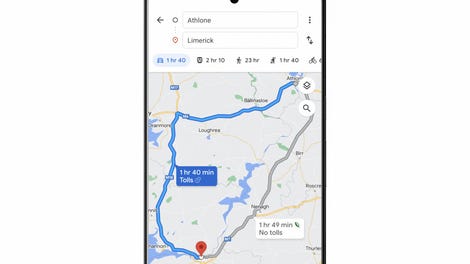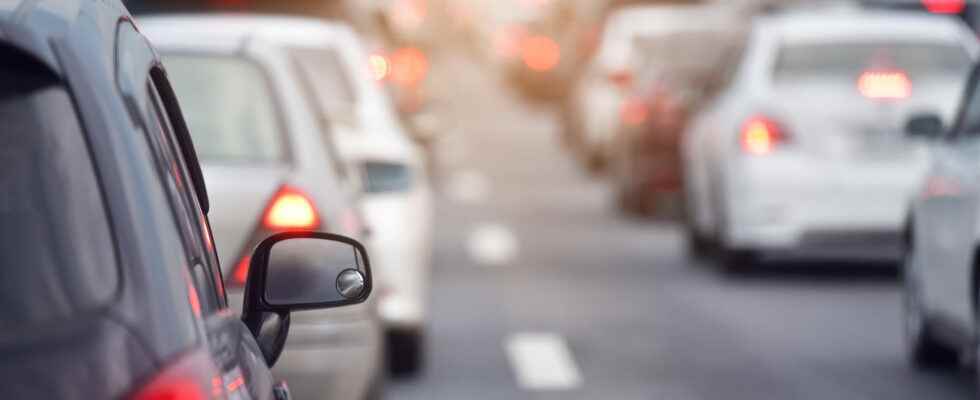Google Maps will soon show French drivers the most fuel-efficient route depending on the type of vehicle, whether electric, petrol, diesel or hybrid.
Google Maps’ new fuel-efficient routes could help drivers wondering how much they’re contributing to environmental degradation. They could also help drivers cope with rising energy and fuel prices.
Now, beyond choosing to avoid tolls, Google Maps users can, before hitting the road, configure the app to “prefer fuel-efficient routes” based on their engine type by selecting petrol, diesel, electric or hybrid. Google promises that Google Maps will then select the best route and the most accurate fuel or energy consumption estimates.
Search for an “electric vehicle charging station”
Google uses data from the European Environment Agency to come up with this feature.
“By combining this information with driving trends from Google Maps, we were able to develop advanced machine learning models,” says Rubén Lozano-Aguilera, product manager at Google Maps, in a blog post.
For electric vehicle owners, searching for an “electric vehicle charging station” will show nearby stations, types of ports available, charging speeds and, for some stations, whether charging is currently available.
Greenhouse gas emissions from heavy-duty vehicles increased by almost 30% between 1990 and 2019
Last year, Google launched eco-driving routes in the United States and Canada. In May, the company said people had already used it to travel 86 billion miles. This feature saved around half a million tonnes of carbon emissions, equivalent to removing 100,000 cars from the road.
“With Eco-Routing, you can choose a route optimized for lower fuel consumption, saving you money on fuel and reducing carbon emissions, which is a priority for many many Europeans,” said Lozano-Aguilera.
The EEA has just published a report showing that greenhouse gas emissions from heavy-duty vehicles have increased by almost 30% between 1990 and 2019. They are responsible for a quarter of CO2 emissions from road transport in the world. EU. They have risen steadily since 2014, except for a dip in 2020 due to the COVID-19 pandemic. This trend runs counter to the goal of the European Green Deal, which aims to reduce emissions by 90% by 2050 through a smarter and more affordable transport system.
It will be difficult to convince Europeans to abandon cars for buses
While Google Maps can help Europeans find fuel-efficient routes, the EEA has another idea for reducing emissions: shifting freight transport from road to rail and passenger transport from cars to buses and coaches.
The second option would reduce the need for fuel-efficient routes. But while trains are a great travel option in Europe, it will be hard to convince Europeans to ditch cars for buses. The EEA would also like to reduce the number of trips.
Google notes that Maps users can always choose the fastest route in the settings.

Google
Source: “ZDNet.com”
